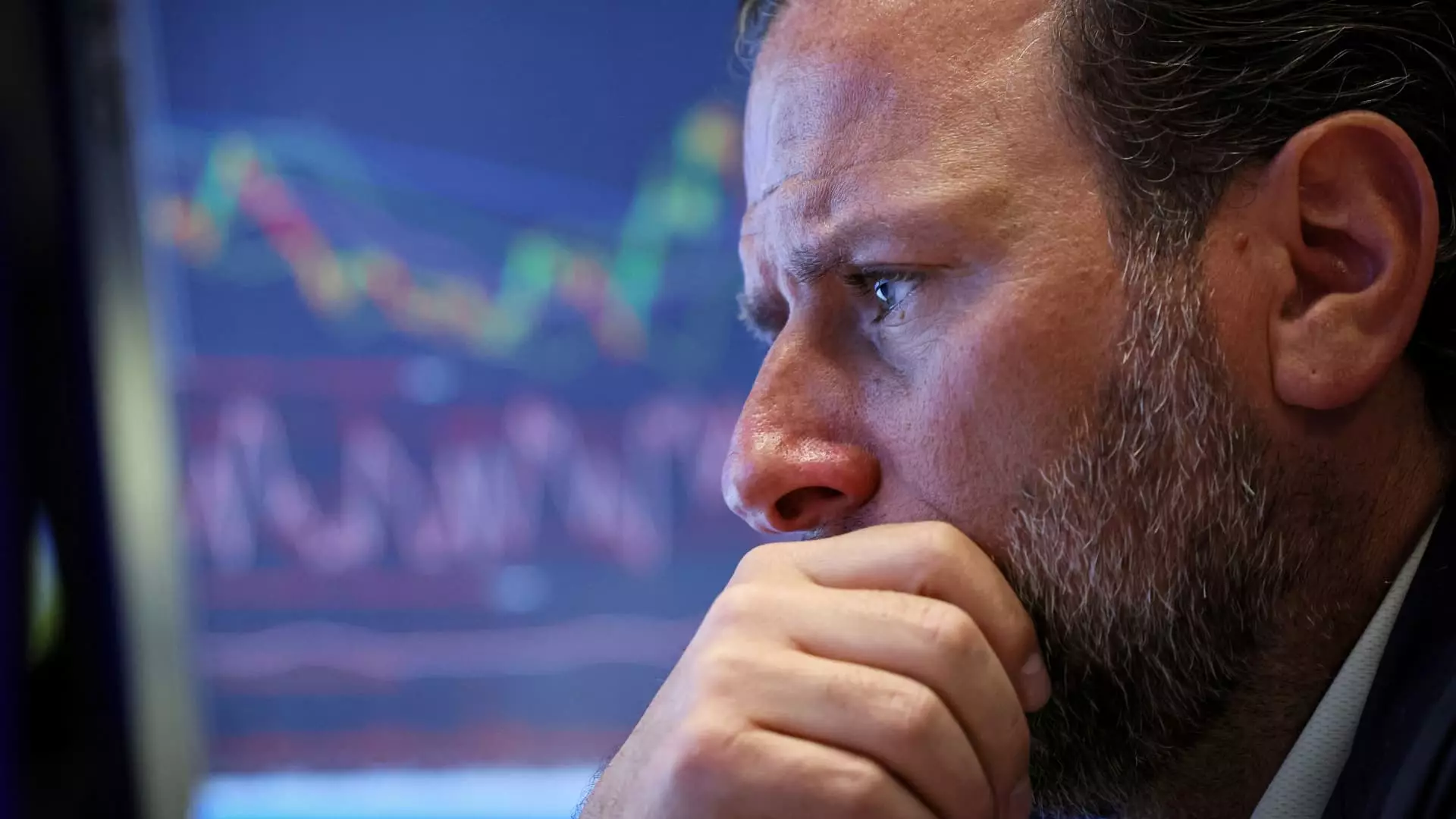In a recent 19-page report, Goldman Sachs pointed out a critical threshold for equity investors to keep an eye on – 5% on the 10-year Treasury yield. According to the Wall Street firm’s analysis of market data dating back to the 1980s, once the 10-year Treasury yield hits this level, the correlation between bond yields and stocks tends to turn negative. This means that higher bond yields can start to pose a problem for equity markets once this threshold is breached. The team of Goldman strategists highlighted the historical significance of this point, indicating that it is when the correlation with bond yields no longer remains distinctly positive.
Market Sentiment and Sensitivity
Currently, investors find themselves in the “optimism phase” of the market cycle, where growing confidence and complacency lead to higher valuations. The equity market is particularly sensitive to movements in bond yields at this stage, especially given the elevated equity valuations and the advanced stage of the cycle. When news of overheating and higher inflation emerges, equities tend to underperform as investors fear the impact on future earnings. Conversely, when the market anticipates Central Banks to consider rate cuts, equities tend to outperform.
The 10-year Treasury yield, a crucial indicator for various interest rates such as mortgages, auto loans, and credit cards, has witnessed a significant increase this year – almost 80 basis points. This adjustment comes as the market adapts to a scenario of higher rates being sustained over a longer period. The Federal Reserve’s current fed funds rate for overnight lending stands at 5.25%-5.50%, reflecting the central bank’s commitment to maintaining a certain level of interest rates. However, the market sentiment has shifted from initially expecting multiple rate cuts to now pricing in a higher probability of just one rate cut. This adjustment in expectations has implications for various asset classes, including stocks.
Renowned investor Warren Buffett has often emphasized the significant impact of interest rates on investments. He has highlighted how higher rates can exert a gravitational pull on asset values, diminishing the present worth of future earnings. Consequently, rising bond yields can dampen the attractiveness of risk assets like stocks. Treasury bills and notes, offering competitive yields and a risk-free investment alternative, start to look more appealing in a higher yield environment.
Keeping a close watch on the 10-year Treasury yield and its potential impact on equity markets is crucial for investors. As bond yields continue to rise, investors need to assess the changing dynamics of the market environment and adjust their portfolios accordingly to navigate the evolving landscape of interest rates and stock market performance.

